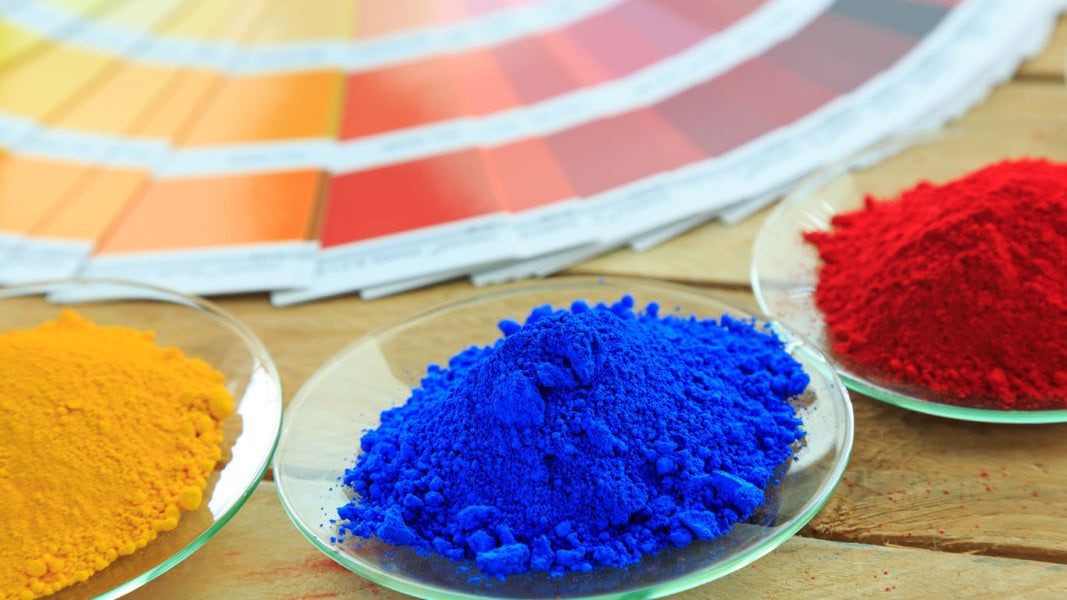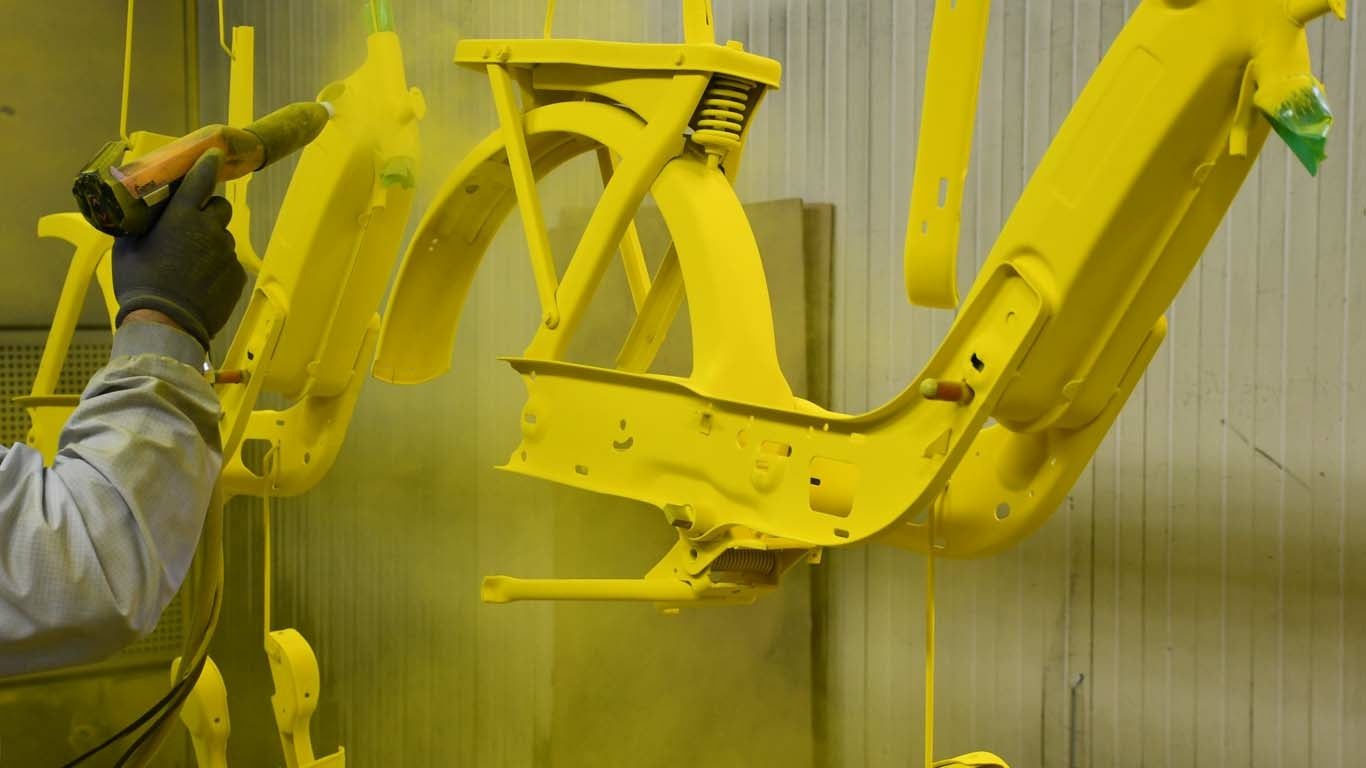The beginnings of powder coating are closely linked to the development and research of electricity and its related fields. All coating processes are based on the theoretical principles of particle transport, repulsion, and attraction. At the beginning of the 20th century, patents were filed for the uniform coating of surfaces using electric field forces, forming the basis for electrostatic coating. In 1928, the first coating system operating according to the electrostatic precipitator principle (spraying through a corona grid) was introduced.
In the 1940s , the first attempts were made to create coatings using powdered, meltable, mostly thermoplastic plastics as a coating material.
In 1952, E. Gemmer developed the so-called fluidized-bed coating process, which was initially limited to the application of electrical insulation and pipe coating, with layer thicknesses of 200 to 300 µm. Initially, polyethylene powder coatings were used for the coating, later polyamide and PVC.
The introduction and development of electrostatic plastic powder coating began in the 1960s , stimulated by changes in the US market regarding environmental considerations in paint finishes. Bosch was the company that developed the basic type of epoxy resin powder. This completely solvent-free coating material was also suitable for decorative purposes, so all that was missing was a suitable application method.
In the mid-1960s, the Sames company developed electrostatic spray guns that enabled long-lasting adhesion (i.e., at least until curing) between powder coating and cold workpieces. Further use of powder coating was driven by the innovative ability to directly recycle overspray, as the application efficiency of pneumatic powder conveying was initially too low.
The next important development in powder coating took place in 1968. The range of epoxy powders was expanded to include more UV-stable epoxy-polyester blends. These powders enabled shorter curing times and were available in larger quantities with consistent quality. Furthermore, application equipment was continually improved.
From the 1970s onwards, the number of powder coating plants in Germany rose from 4 in 1966 to 51 in 1970. The largest increase in powder consumption was achieved in 1978/79, when the following binder systems were available: epoxy, polyester/epoxy, polyester/TGIC, polyurethane, acrylate.
A flood of ideas for completely different powder spraying systems also began. These included, for example, the belt atomizers introduced by AEG in 1970 and the powder jet from Mueller. At the same time, GEMA achieved a developmental leap with its corona guns by integrating the high-voltage transformer and the DC voltage cascade into the gun, thus eliminating the "rigid" high-voltage cable. This technology is the most widely used today. A coating device from 1968 is shown in Figure 2.
 In 1972 , in addition to the possibility of applying powder using the corona process, triboelectric charging was also demonstrated. However, this did not become widespread until the 1990s, thanks to changes in the formulation of powder coatings, which made it possible to fully utilize frictional charging. Until then, several equipment manufacturers were also somewhat reluctant to push forward with the development of tribo-based equipment.
In 1972 , in addition to the possibility of applying powder using the corona process, triboelectric charging was also demonstrated. However, this did not become widespread until the 1990s, thanks to changes in the formulation of powder coatings, which made it possible to fully utilize frictional charging. Until then, several equipment manufacturers were also somewhat reluctant to push forward with the development of tribo-based equipment.
In 1985, the flat jet nozzle, which is now used in 80% of powder coating equipment, was invented and replaced the deflector nozzle.
Since the 1990s , powder coating conveying systems have been available that use an injector to deliver the powder coating directly from the powder coating container. This technology is now widely used.




